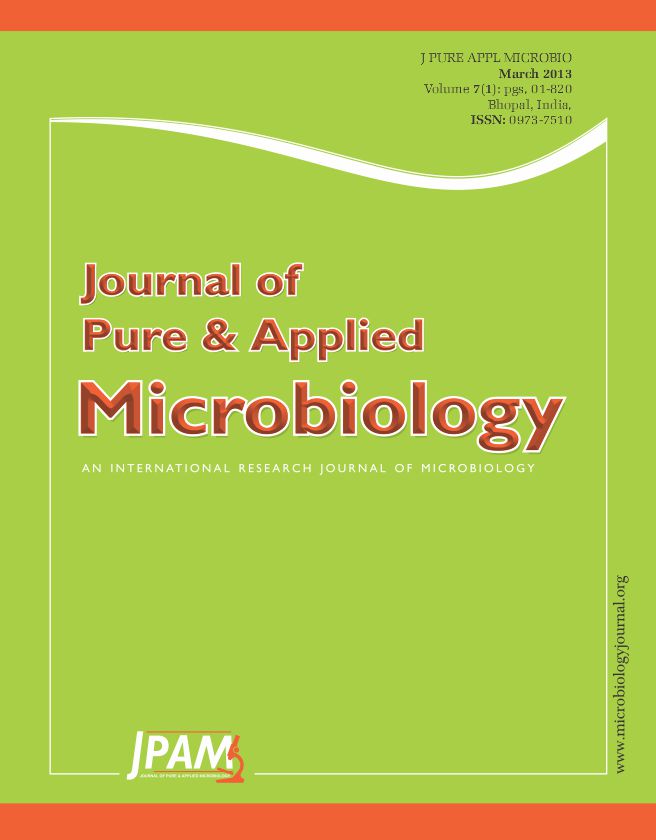Mycobacterium tuberculosis is an infectious disease of the lungs and is spread in the air through respiratory droplets. The living state of human beings with tuberculosis infections have become devastating, with particular reference to developing countries such as South Africa, China and India, because of the lack of resources to perform important laboratory procedures like Minimum Inhibitory Concentrations (MICs), which are important to determine the lowest concentration of a particular drug that would ultimately inhibit the multiplication of tuberculosis isolates. MICs thus give scientists an idea as to what diagnosis should be made to treat such patients. This article sheds light and serves to help the scientific community understand and interpret Minimum Inhibitory Concentrations, even where laboratories are under-resourced in the world, and thus contributes to the wealth of scientific, medical, microbiological and public knowledge.
Minimum inhibitory concentrations, Susceptibility patterns, Colony counts, Dilution factor, Drug resistance
© The Author(s) 2014. Open Access. This article is distributed under the terms of the Creative Commons Attribution 4.0 International License which permits unrestricted use, sharing, distribution, and reproduction in any medium, provided you give appropriate credit to the original author(s) and the source, provide a link to the Creative Commons license, and indicate if changes were made.


